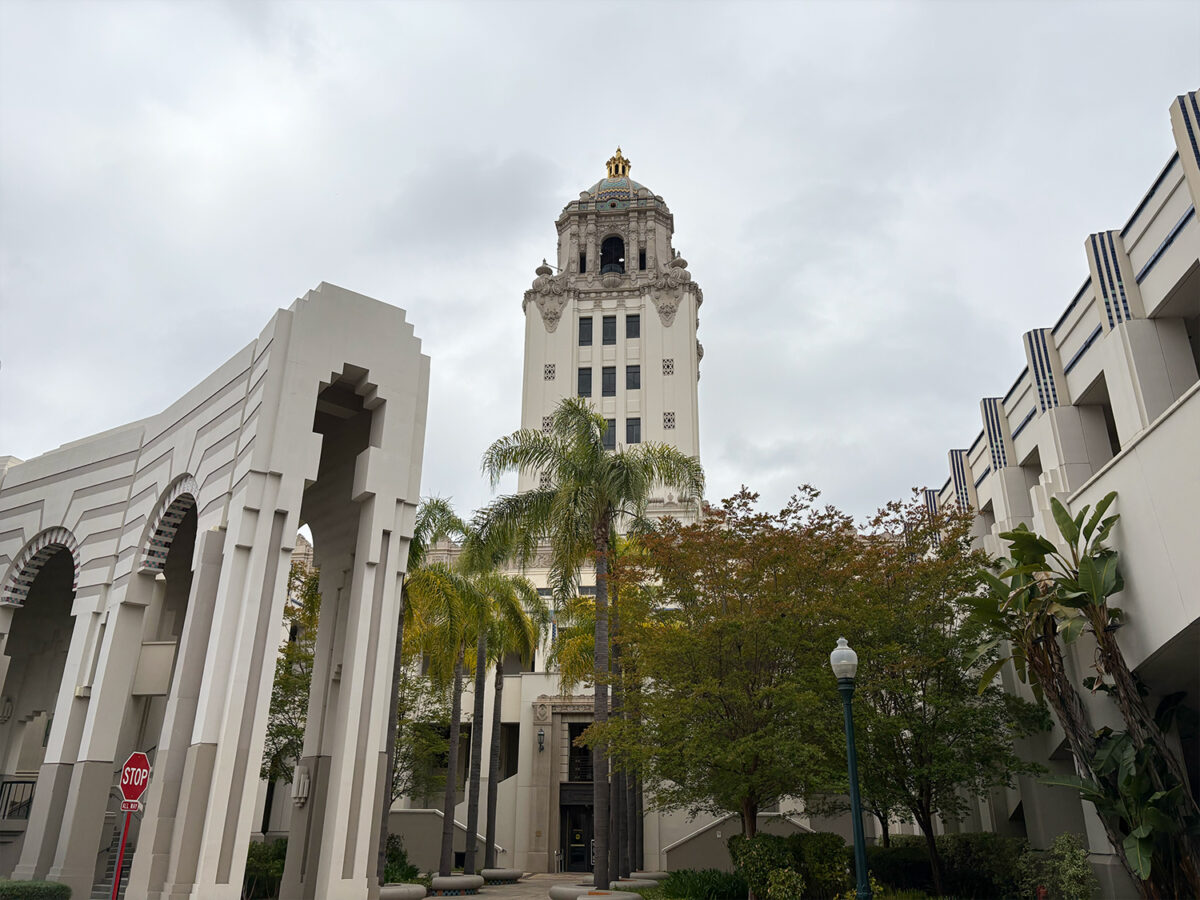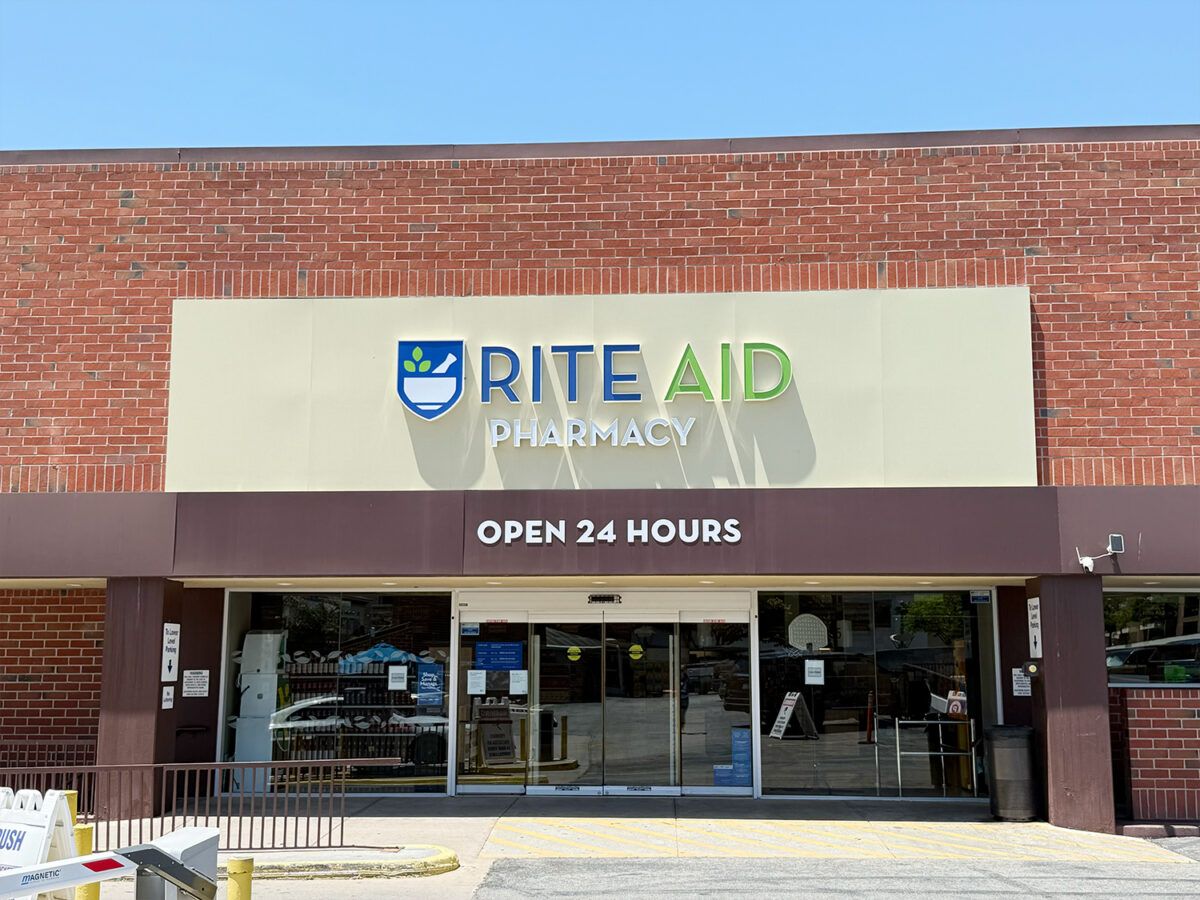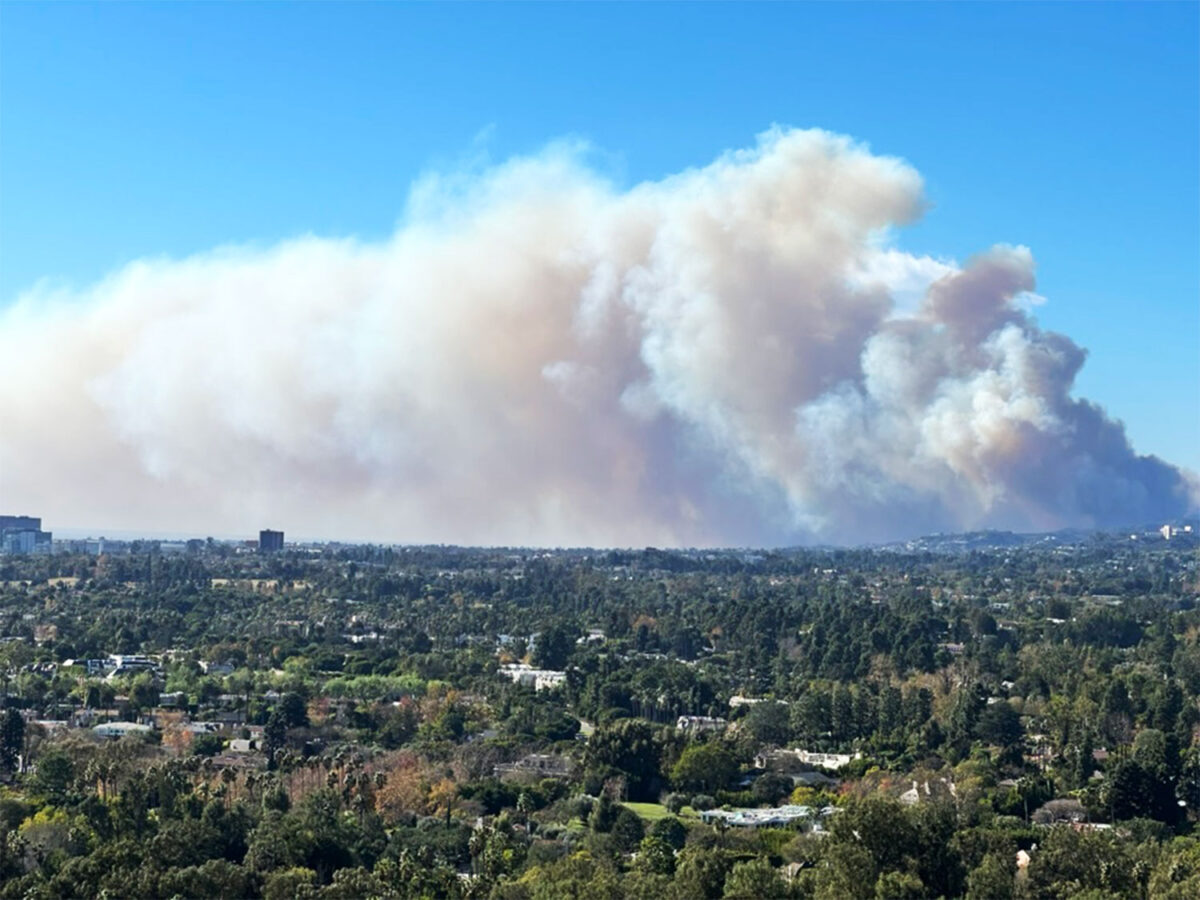California has always been a place of vision and ambition, where real estate isn’t just about location—it’s a lifestyle, a legacy, and for many, a dream realized. But in today’s rapidly changing risk environment, owning property in the Golden State means being more than just a savvy buyer. It means being an informed, proactive homeowner—especially when it comes to insurance.
From wildfire-prone canyons to shifting climate patterns and soaring premiums, the insurance landscape in California is evolving fast. Whether you’re a seasoned investor, a first-time buyer, or a real estate professional, understanding the new rules of the game is no longer optional—it’s essential.
Wildfires and Premium Spikes: The New Normal
Let’s talk about the elephant in the room: wildfire risk. California’s beautiful terrain—its sun-soaked hills, enviable landscapes, and ocean breezes—also makes it one of the most fire-prone regions in the country. Over the past decade, we’ve seen record-breaking wildfires, and insurers have taken notice.
The result? Many companies are reducing their exposure in high-risk areas—or exiting those markets entirely. That leaves homeowners facing steep premium increases or worse, non-renewals. Policies that cost $1,500 a year may now exceed $6,000—or be canceled altogether.
So, what’s fueling the fire behind these rising rates? Along with increased wildfire activity, reinsurance (insurance for insurers) has become more expensive. On top of that, state regulations now require insurers to hold higher financial reserves for potential catastrophe claims. And all of that gets passed down to—you guessed it—the homeowner.
Know Your Fire Hazard Zone Before You Buy
Thinking about buying a hillside home with panoramic views? Make sure you know its Fire Hazard Severity Zone (FHSZ) rating first. CAL FIRE has mapped every inch of California, assigning each area a fire risk level: moderate, high, or very high.
You can access these maps at osfm.fire.ca.gov or check with your local city planning department. If a property falls in a high or very high zone, it may require fire-resistant construction, defensible space clearance—and extra scrutiny from insurance carriers.
Pro tip for agents and buyers: Check this info early in the buying process. It can influence both insurability and cost, which in turn affects your bottom line.
What Your Policy Might Not Cover
Here’s where things get tricky. Even if you manage to secure a standard homeowner’s policy, it may come with more exclusions than you expect. Coverage limitations are becoming more common, especially for:
•Smoke damage
•Landscaping or detached structures
•Temporary housing (loss of use)
•Sewer backups
•Earthquake damage (typically not included unless added separately)
In other words, reading the fine print isn’t just smart—it’s vital. Ask your insurance broker to break down exclusions, sublimits, deductibles, and what exactly happens when disaster strikes.
The California FAIR Plan: Last Resort, Not Last Minute
If you can’t get coverage through traditional carriers, the California FAIR Plan may be your safety net. It offers basic fire insurance for properties in high-risk areas. But let’s be clear—it’s not a comprehensive homeowner’s policy.
Most homeowners pair the FAIR Plan with a Difference in Conditions (DIC) or “wraparound” policy that adds liability, theft, water damage, and other essentials. Together, these two policies mimic standard coverage—though often with higher premiums and less flexibility.
A few things to keep in mind:
•The FAIR Plan has coverage caps and may limit protection for personal property.
•Approval times have historically been long, but we’re currently seeing faster turnarounds—sometimes same day.
•Uploading clear, date- and time-stamped front-view photos of the property showing the street number is key to speeding things up.
Moral of the story? Don’t wait. Start the insurance process as early as possible.
Why Standard Coverage May Fall Short
Gone are the days when an HO-3 policy had you fully covered. Today’s policies are customized based on location, fire history, roof condition, updates on plumbing, electrical panel, heating and more.
To fully protect your investment, consider these add-ons:
•Extended replacement cost (for inflation-adjusted rebuilds)
•Ordinance or law coverage (to comply with new building codes)
•High-value riders (for jewelry, fine art, or collectibles)
If you’re in a fire-prone area, ask your broker about discounts for mitigation features like defensible space, fire-resistant roofing, hardscape barriers, and monitored alarm systems. These can help offset premium increases.
Insurance and Escrow: Timing Is Everything
Here’s a tip that can save deals—and sanity: start shopping for insurance as soon as escrow opens. Seriously.
Too many transactions get delayed (or derailed) because insurance wasn’t locked in early enough. Lenders require proof of insurance before funding a loan. And it can’t be just any policy. It must meet their criteria: replacement cost, capped deductible, and minimum coverage thresholds.
While higher deductibles might save you money on premiums, lenders may not accept them. And if your policy doesn’t meet their requirements, they can impose “force-placed” insurance—at double or triple the cost.
Timing matters even more for homes near brush or with high replacement values. These often take longer to underwrite, so early action is critical.
Also, don’t assume lender-required coverage is enough. Work with your insurance professional to make sure you’re truly protected—not just mortgage compliant.
Final Thoughts
In a state as breathtaking—and complex—as California, protecting your property means more than checking a box. It’s about crafting an insurance strategy that’s as tailored as your real estate goals. Here insuring your property isn’t a one-size-fits-all process. It requires diligence, savvy, accountability, open-mindedness and some patience wouldn’t hurt.
Whether you’re buying a $25 million estate in Beverly Hills or a rustic retreat in Topanga Canyon, your coverage should reflect the value, uniqueness, and risk profile of your home. With the right team and informed choices, you can enjoy the Golden State’s rewards—without getting burned by its risks.







